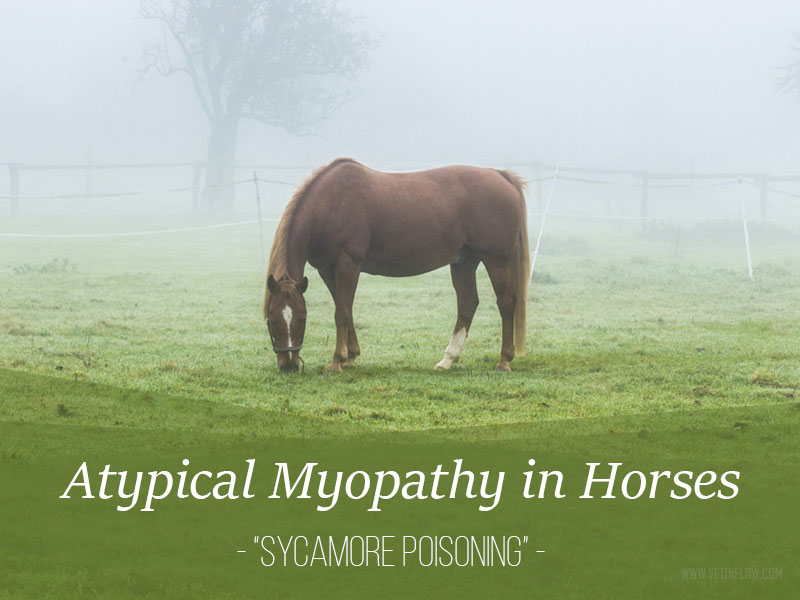
Atypical Myopathy in Horses - Sycamore Poisoning
Spring is on the way and a rise in the number of atypical myopathy cases has sparked the conversation among vets and pet owners about sycamore poisoning.
Atypical myopathy is a potentially fatal disease that affects a horse's muscles. The disease is caused by the ingestion of seeds and leaves of the European sycamore (Acer pseudoplatanus) andis seen in the UK and in Northern Europe.
This plant contains a toxin called hypoglycin A which interferes with the production of energy within a horse's muscle cells, resulting in muscle damage. Although the toxin is present in both seeds and leaves, seeds seem to contain higher amounts of the dangerous toxin.
This disease is more common in the autumn as outbreaks occur when large numbers of seeds are falling. However, there have been small outbreaks during spring as well. Horses from all ages and sizes can be affected but young horses seem to be more susceptible to the effects of the toxin if they eat the seeds or the leaves of this plant.
Affected horses can become weak, lethargic and reluctant to move. Common signs also include pain, stiffness, muscle tremors, breathing difficulties and red or brown urine. They may be unable to lift their heads or even remain standing. Many horses die from this condition.
The chances of a positive outcome and of making a full recovery greatly increase if the horse is treated quickly. If you notice any of the previously mentioned signs on your horse, do not hesitate to contact the vet.
Horses that suffer from sycamore poisoning are usually kept on sparse pastures, near trees from the genus Acer. To prevent this from happening owners can be proactive and take a few precautions:
- Check the fields carefully for Sycamore leaves and seeds and fence off areas where the seeds have fallen. If possible remove any seeds that might have scattered from nearby trees.
- Turn out horses for short periods (ideally less than 6 hours) and manage the density of horses to make sure that there is enough for all of them.
- Provide extra forage (hay or haylage) in the field to reduce the risk of horses eating the seeds.
Would you like to know more about horses? Check our Equine Courses:
Equine courses
Read the previous article: Keep your pets safe from Christmas hazards and have a wonderful Christmas!


